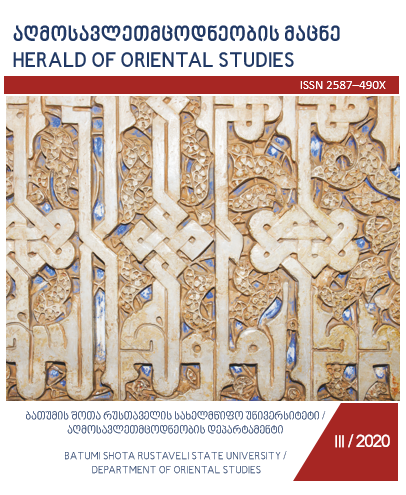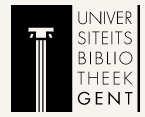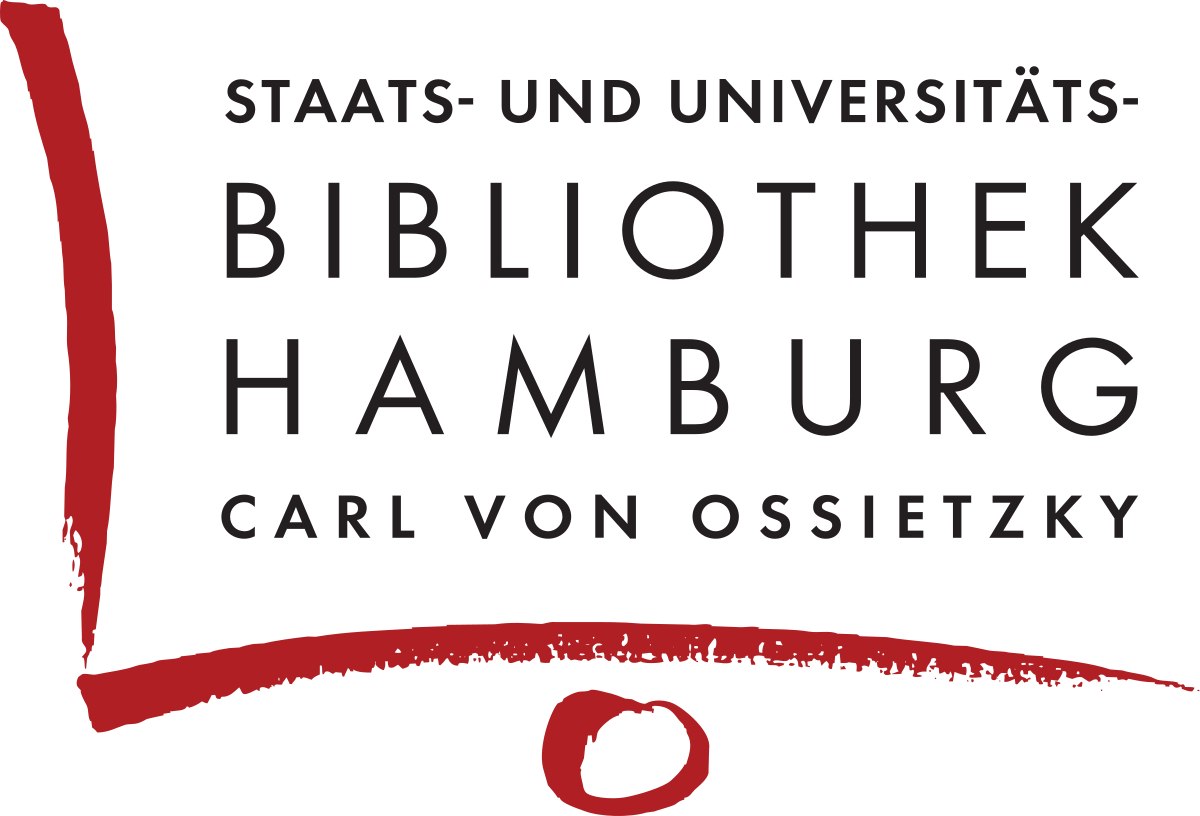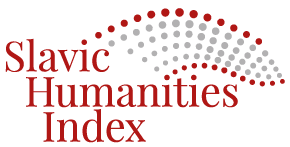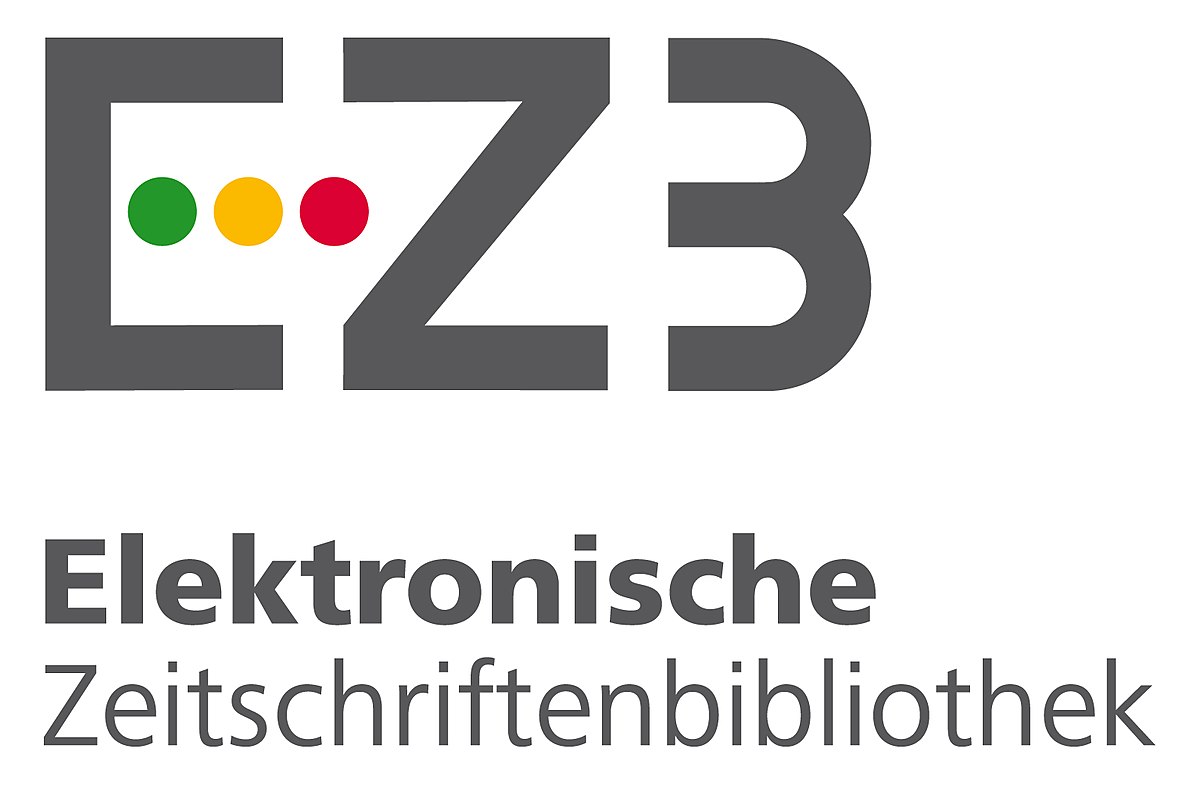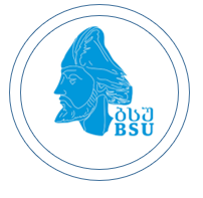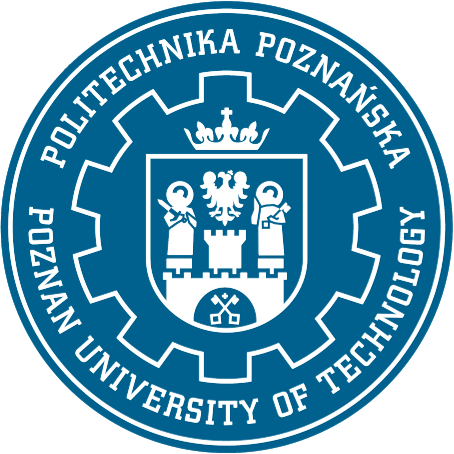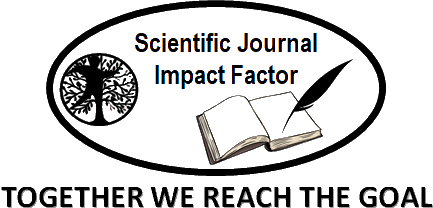Linguistic Means for Representation of „Death“ and „Life“ (In Georgian and Turkish Languages)
DOI:
https://doi.org/10.61671/hos.3.2020.2761Keywords:
Phenomenon of Life and Death, Representation, Linguistic InstrumentsAbstract
The conceptual field of death-life in the cultures under study is the national-cultural manifestations of the universal field the integral semantemes of which are existence and non-existence (the end of existence).
The phenomenon of death-life encompasses the entire organic world, which also makes a difference in its nomination, depending on the biological status of the object of death – concerning humans, animals or plants.
In interpreting the research concepts, great importance is attached to the linguistic means of its representation. Conceptual meanings are expressed at different linguistic levels: lexical, phraseological and paremiological units. In addition, it is quite common to convey the content of a concept through figures of speech (metaphor, metonymy, synecdoche, personification).
Synchronic analysis of the representation of the concepts – “Life” and “Death”, which shows the modern structure of the concept (on dictionaries and discourse materials), is filled with diachronic and comparative excursions based on etymological dictionaries and encyclopedic material.
Downloads
Downloads
Published
How to Cite
Issue
Section
License

This work is licensed under a Creative Commons Attribution-ShareAlike 4.0 International License.

